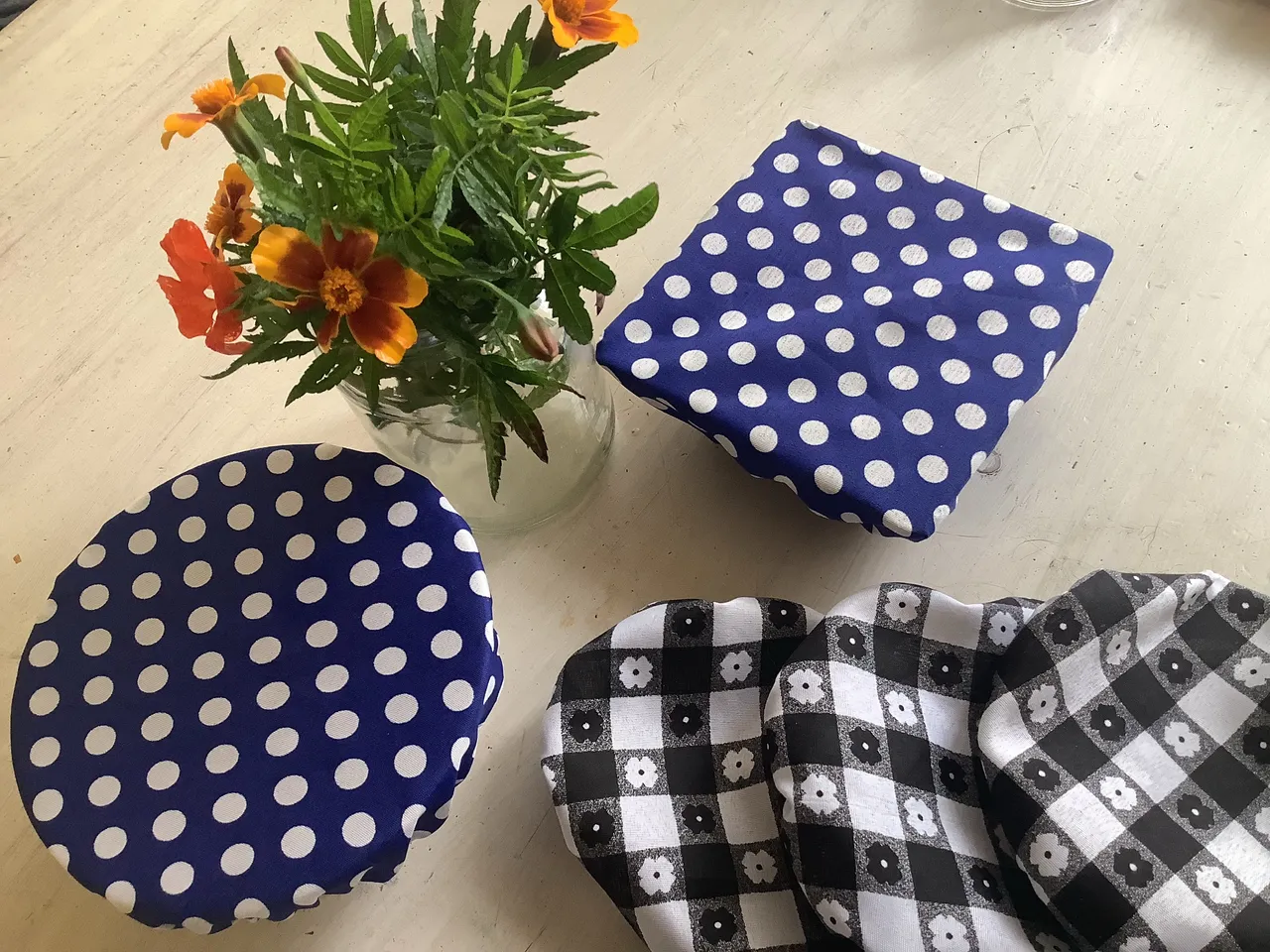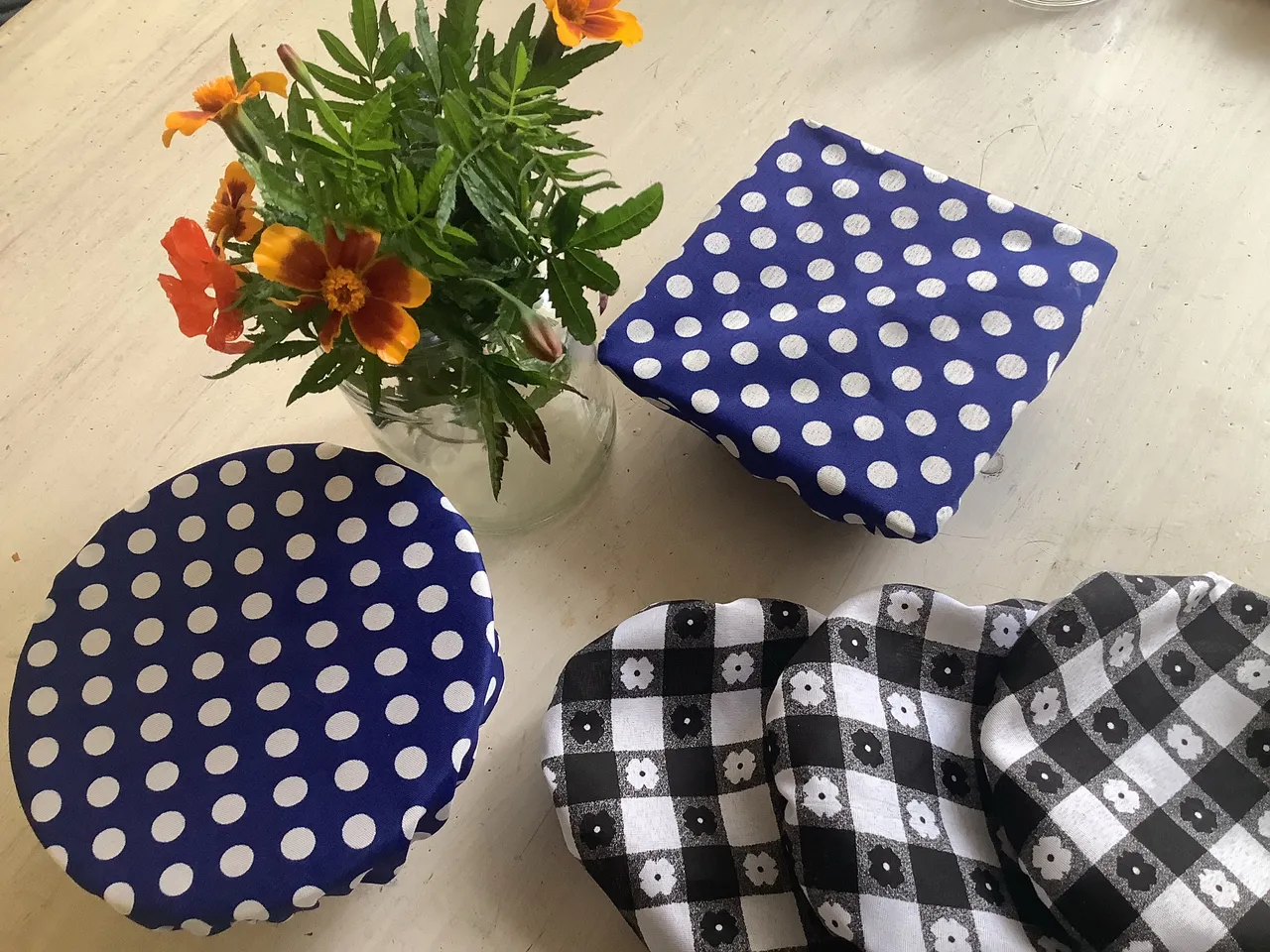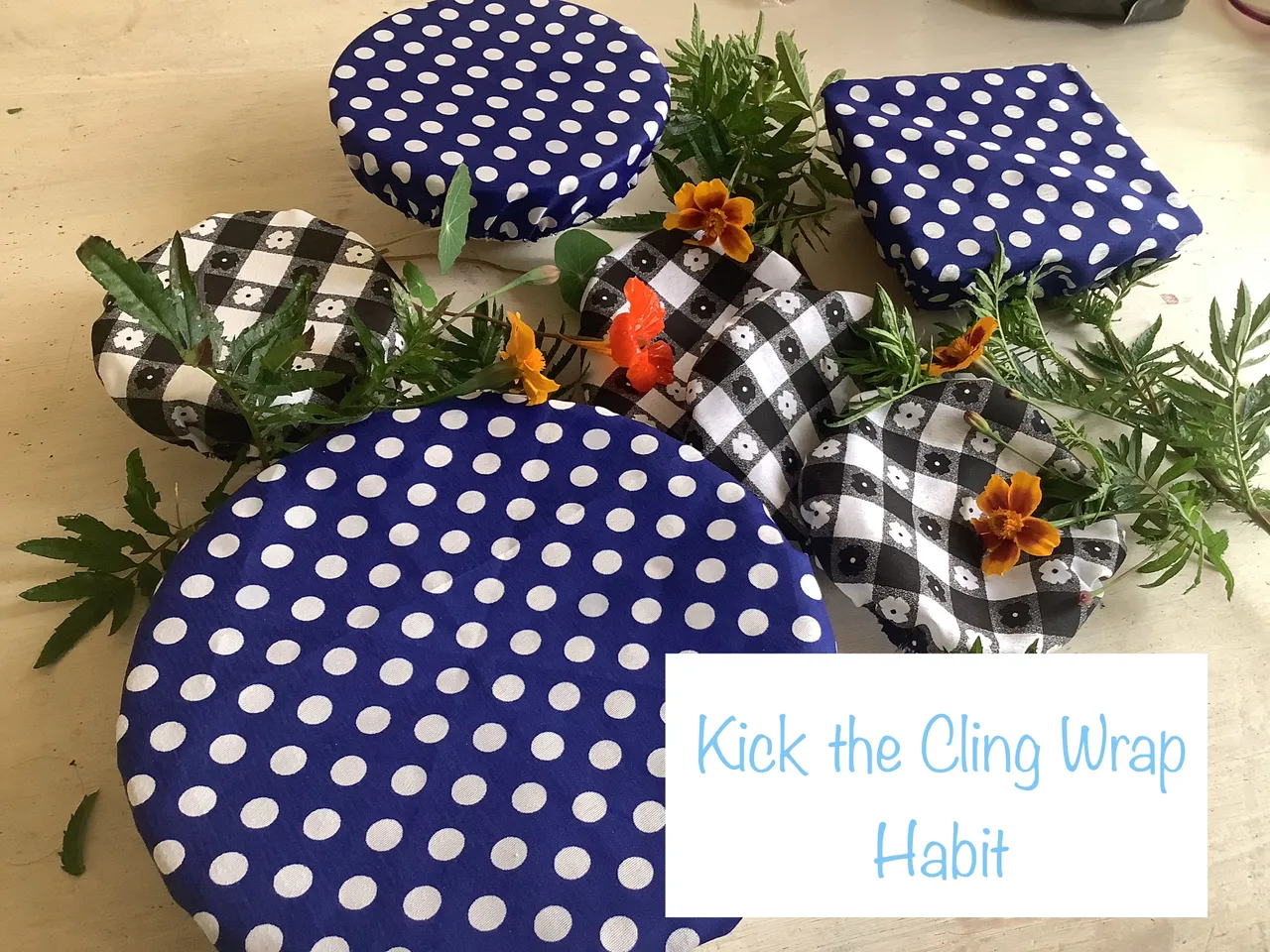
Ralph Wiley, a lab worker, discovered a film that had developed inside one particular test tube that would not wipe off. Though it wasn’t yet recognisable as the cling film we know of today. The first use case was to protect fighter planes and it resembled a much darker and greasy substance!
Over 80 years later and, after a bit of a facelift, Saran wrap is one of the most popular kitchen products that’s used globally around the world. It is estimated that more than 1.2 billion metres of single-use cling film is used by British households every year - enough to go around the circumference of the earth 30 times over!
While going through posts on the Eco-train this week I discovered a really interesting post about single-use plastics and how the powers that be are in the process of banning their use across the globe (@anyelina93/today-the-un-approves-the-creation-of-the-first-global-agreement-to-control-plastic-pollution/. By @anyelina93 . Of course this is for the best since plastics like cling wrap are destroying wildlife and they release toxic fumes when burned as part of clean-up operations.
This is all good and well, but what households who rely, say on cling wrap, need is a host of easy, inexpensive and efficient alternatives that they can readily buy. So I did a bit of investigation and found that there are very few products on the shelves that you can purchase to replace cling wrap. In fact, apart from food savers (Tupperware) my local supermarket had nothing to offer at all. Online, in South Africa I found silicone, stretch lids that are reusable and cloth bowl covers. Both were fairly pricey, but at least the e-commerce store was stocking alternatives.
I always look at almost anything and try to work out if I can make it, or come up with a DIY option. So I thought about it and decided that it would be super easy to make cloth bowl covers. The aim here is to make them reusable, not necessarily plastic free, so my suggestion is to use cotton or PVC tabeling for the covers. The cotton is washable and great for covering salads on the table or bowls of soup or sauce for the fridge. The PVC covers could be washed in the dishwasher and would be as waterproof, odour-suppressing and protective as cling wrap. YaY!

Materials
Cotton or PVC tabeling
Elastic (1.2cm wide)
Sewing thread
Sewing machine
Scissors
Tailors chalk
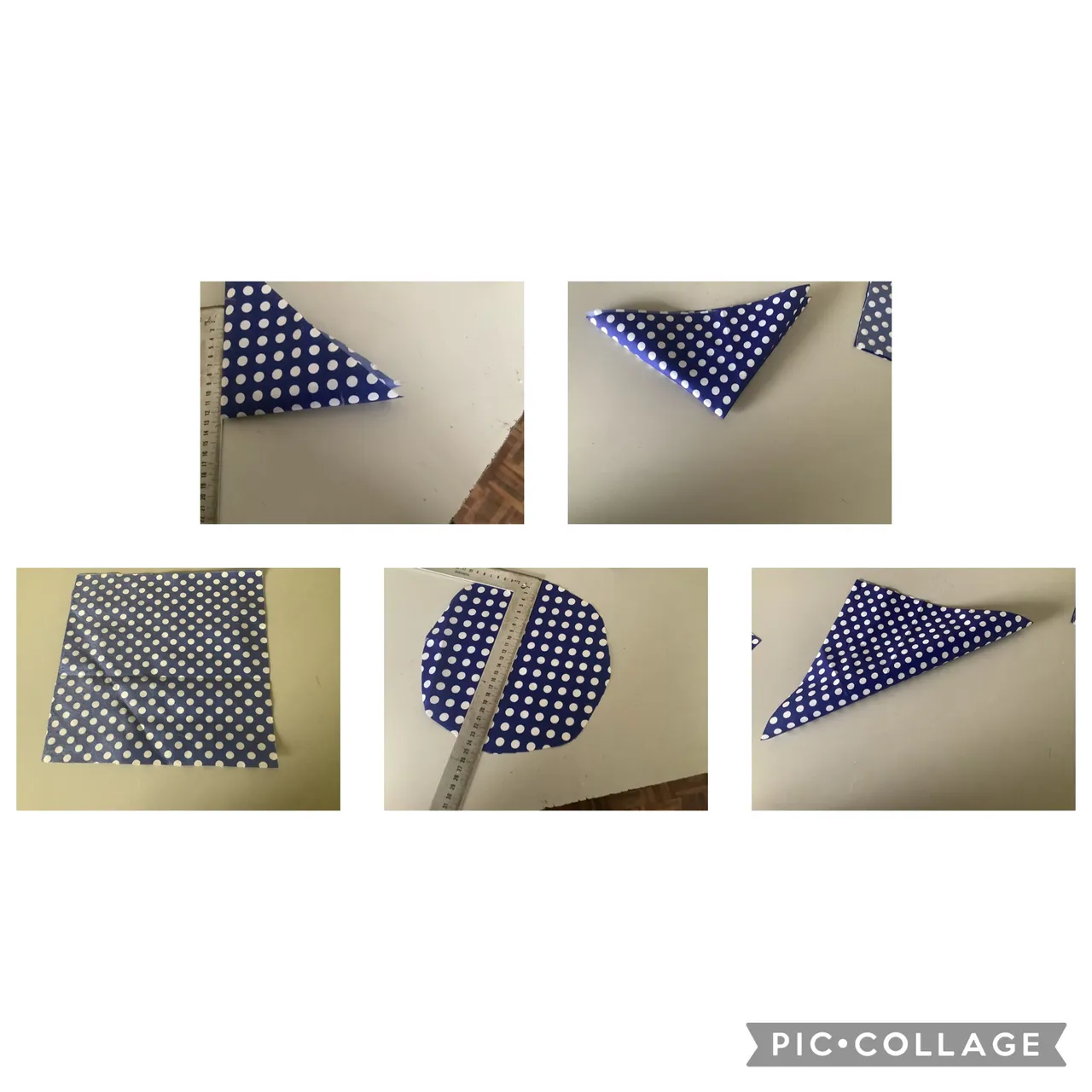
For a round bowl
Measure the bowl (standard sizes are 19cm, 21cm and 23cm). Cut a square 8cm larger than the size. Fold into a triangle, fold again into a triangle, fold again into a triangle. Measure the edge to cut away the point so that you form a circle (see image). Stitch elastic around the edge, stretching at about 50%.
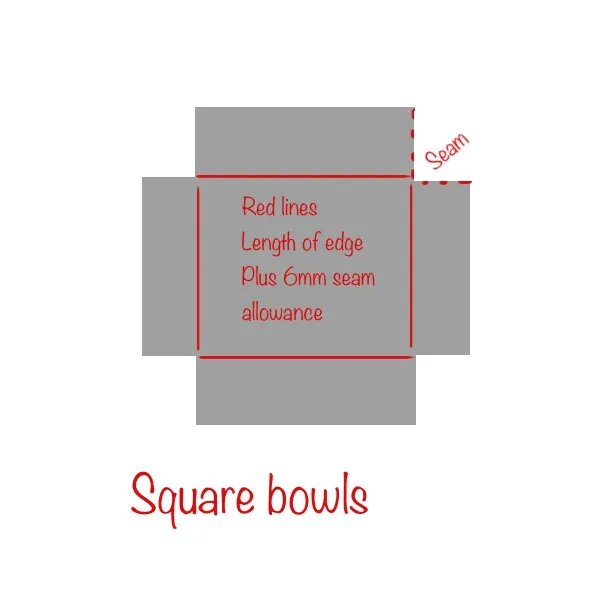
For a square bowl
Measure the bowl. Cut a square 8cm larger than the bowl. Cut a square out of each corner as in the image below. Sew a seam at each point. Stitch elastic, stretching at 50% all around the square.
Not very difficult at all. Also, since single-use plastic is certainly on its way out, this project could become a viable sustainable business idea.
PS : simple drawstring bags out of the same fabric would be good for covering sandwiches, wrapping fruit and vegetables and so forth. So be innovative!!
❤️😊🤔😊😊❤️
